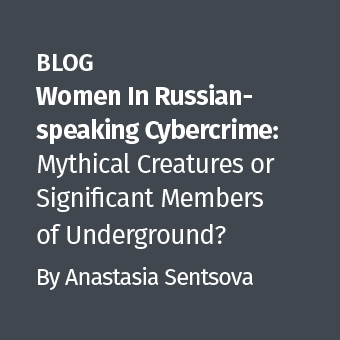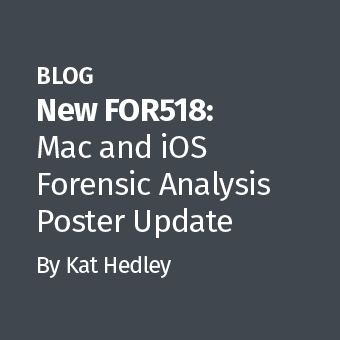Family Matters: Practical Malware Family Identification for Incident Responders
The vast majority of malware samples used in cybercrime belong to commercial malware families. Although the number of individual malware samples is enormous, the number of families they belong to is much more manageable. Identifying and tracking activity of these malware families not only speeds up the analysis of individual samples, but also helps incident responders think systematically about incoming attacks, achieving a more accurate high-level view of the threats they face.
In this webcast attendees will learn the characteristics of a malware family is and practical identification techniques. Attendees will also learn about how family-specific information can be used in improving response to individual incidents, and tracking malware families to build a more complete view of the threat landscape.


.png)



